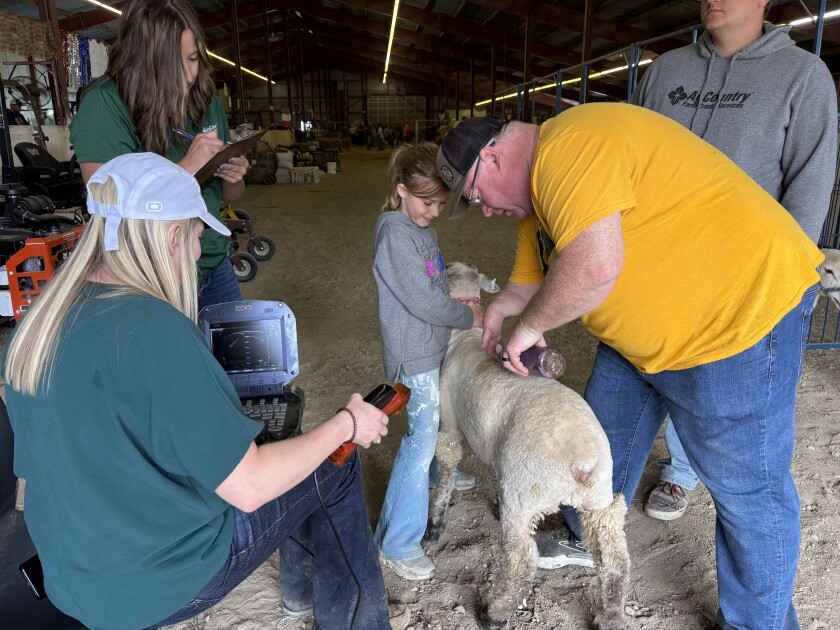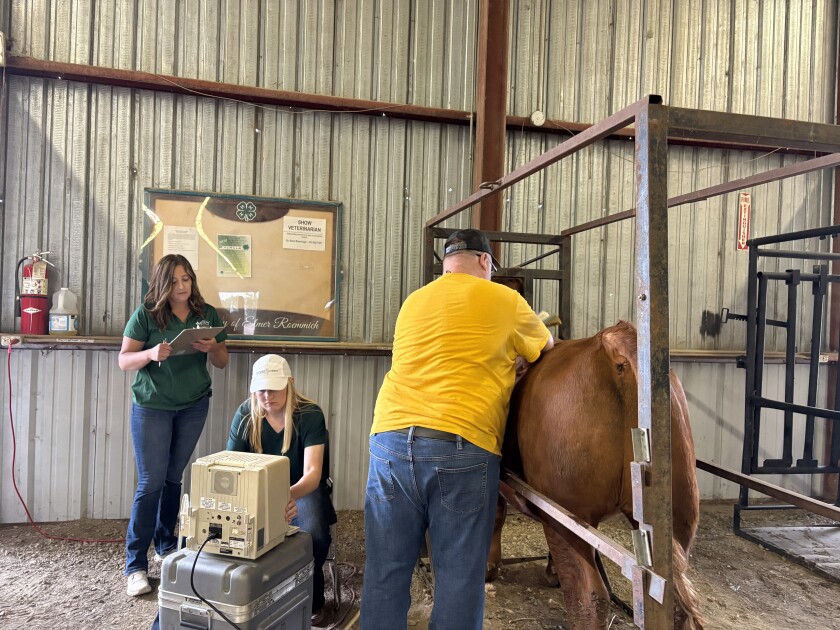I got into 4-H at age 8, like a lot of kids do: I had friends doing it, and I knew it had something to do with projects and livestock at the fair. I outlasted the friends with whom I joined, spending 10 years in the program. I’m now a 4-H parent and leader, and I don’t know of anything that more prepares kids for life than 4-H.
I had projects at which I excelled and others from which I can at least say I learned something. I had the occasional sheep or heifer that placed well, and I had a couple moments to shine in showmanship. That being said, I don’t shy away from joking about some of the goofier aspects of showing livestock.
ADVERTISEMENT
I was never all-in on things like balling a steer’s tail or fluffing a sheep’s legs. I laugh at some judges’ reasons because they are so removed from the realities of the marketplace. One that springs to mind is the time a judge talked about wishing the grand champion steer — a black animal — would have been blacker. A black animal having some barely perceptible brownish hair in a spot on its hide is not something you’re likely to hear an auctioneer or cattle buyer assess.
But I love watching the kids who are passionate about showing pretty-up their animals and display them in the show ring — those kids work their tails off in making sure their animals’ tails are presented correctly. But I also love the times when the focus shifts to getting kids out of the show ring and thinking about the real world.
At our county fair, local rancher Arlyn Schmidt leads an effort to give cash awards to 4-H members who show heifers or cow-calf pairs. As he explains it every year, the kids who show market animals get to be in the premium sale, where local businesses and individuals award them big money, but the breeding projects aren’t included. He feels the kids in cattle breeding projects are the future of the cattle industry. He and other ranchers put up money for those kids as a show of their appreciation for the efforts.
The vast majority of those breeding projects — especially the pairs — are the results of long, hard work by the kids. They’re learning about the decision-making and work that goes into the cattle industry, and they’ll have plenty of information on which to decide whether they want to own cattle in the future. Seeing Arlyn shake their hands and hand them an envelope of cash is an annual highlight of the fair — one generation encouraging the next.
This year, our fair also featured a carcass ultrasound contest for market cattle and sheep. Participation was voluntary, but the contest had a good turnout. It was a lot of fun to see how the judge’s placings compared to the actual meat quality. In most cases, the two lined up pretty closely. But a few surprises sneaked in.

My daughters showed sheep raised by — which is to say, she doesn’t try to raise show animals. My older daughter’s lamb — a 90-pound ewe — took fourth place in the carcass contest, despite placing only third in the smallest weight class. It was great feedback, both that my daughter fed the lamb well and that the friend’s breeding program is producing the kind of results the market needs, even if those results don’t often show up in the show ring.
My daughter’s steer — whom she didn’t end up showing because of an untimely attitude problem — placed sixth in a highly competitive group of market cattle and had the biggest ribeye in the contest. We’ll never know how he would have placed in the show, but the carcass results gave her some feedback for future projects.
ADVERTISEMENT

There are plenty of other 4-H contests — both ag and non-ag — that do an excellent job of preparing kids for their futures or at least illuminating possibilities for them. While I’ll always cheer for the show winners, I’m even happier to see the little sparks that lead kids toward knowledge and ideas for their futures.











